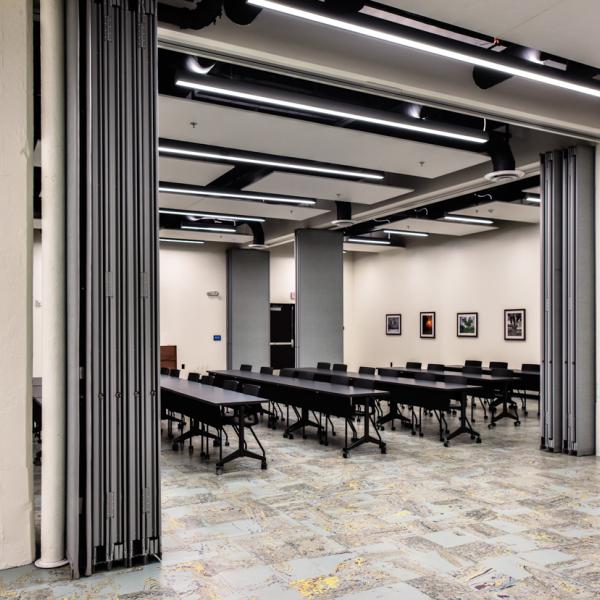If there’s one thing I’ve learned as an event professional, it’s that four walls can hold a thousand possibilities, if you know how to see them. Spaces aren’t static; They’re living environments shaped by people, purpose and imagination.
No two events are ever the same, no matter how much planning goes into them. A perfect example of this was a multi-city professional networking and training program I planned for mortgage loan officers, real estate agents, and other business partners across 24 different states, all in the matter of 12 weeks. The program was always the same: A 70-person lecture with local industry speakers, a 15-minute Q&A and then a networking hour to follow with appetizers and an open bar. The unique factor for these events? Every single one was hosted in a different city across the US, with a new and unique event space to explore. Some events were hosted in hotels, some in conference centers, others in stunning social clubs; all that turned a copy and paste event into its own standout experience. For instance, the program that was hosted in a New Jersey hotel with a rooftop terrace overlooking New York City, large pillars to set the room around and dated audio hookups, was entirely different than the conference center in Boca Raton, Florida, that only had a long hallway capable for the networking hour, unless you wanted to hang out with the alligators that sauntered up to the fencing behind the building!
Many people think of spaces as fixed: “the conference room,” “the coworking area,” “the event space.” But when we label spaces too rigidly, we limit creativity, collaboration, and even accessibility. In hospitality and event planning, adaptability is key: dynamic use transforms experience. Layout, light and furniture choices all affect how people feel and connect. When you have spaces with movable furniture, open-concept layouts and multi-use zones, it creates a world of opportunities to activate a space. What I am looking for when selecting a space (beyond the standard seat count and A/V capabilities), is that the room has a dynamic feature of some kind (Movable furniture, air walls, various levels or heights) anything that you can use to play off of and build a unique event off of.
At Bounce, a great example would be our Signal Tree event space. Signal Tree begins as a 3,000 sq ft, white box. While it’s primarily used for larger, lecture-style events, there are some challenges with the visibility in the space because of the (4) support pillars and floating airwalls when they are not in use. For an upcoming Halloween event for our community members, I chose to utilize those items to the strength of the event by closing the walls to create (6) unique activations throughout the space that felt like their own immersive experiences within one larger space. We can utilize the 279 sq ft section for an intimate and magical “Mad Hatters Tea Party” with faux cardboard mushrooms extending up the floating walls, “mome raths” running across the floor and a 12ft banquet table of mismatching chairs, China, and trinkets for the added feel. With extra room to stretch out in the 523 sq ft section, spooky group games fill the space that allow guests to spread out, engage and play before popping off to the next activation. Instead of just hosting everything in one big space, the ability to section off areas allowed for a more dynamic and engaging experience for the guests, and resulted in more collaboration between teams, and encouraged organic connections to form.
When approaching space, I’ve learned to think in layers, not layouts. Layouts are static; they tell you where things go. Layers are dynamic; they tell you how things flow. When I’m planning an event, I don’t just think about where the tables or chairs will be, I think about how people will move through the space, what they’ll see first, where they’ll pause to connect, and how the atmosphere will evolve over time. A well-layered space invites curiosity and adaptability. It might start as a networking mixer, seamlessly shift into a presentation area, and end as a cozy conversation hub – all without anyone noticing the transitions. When we design with layers in mind, we create spaces that breathe, respond, and transform with the people inside them.
Dynamic spaces are a reflection of dynamic communities. The environments we build, whether it’s a coworking floor, a café corner, or a meeting room, have the power to either limit or liberate creativity. The more we embrace flexibility, play, and intention, the more our spaces can become extensions of the people who use them. At Bounce, I’ve seen firsthand how a room can change not just its function, but its energy, when people are encouraged to see beyond the obvious.
When we start to see spaces as canvases for possibility, not containers for activity, we create environments that grow right alongside us.


